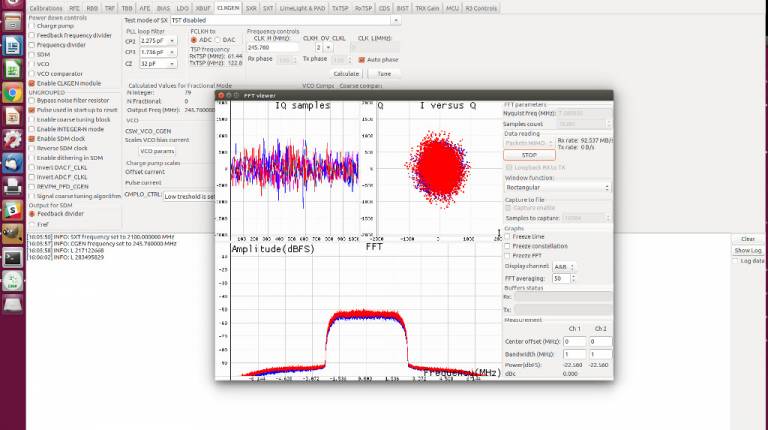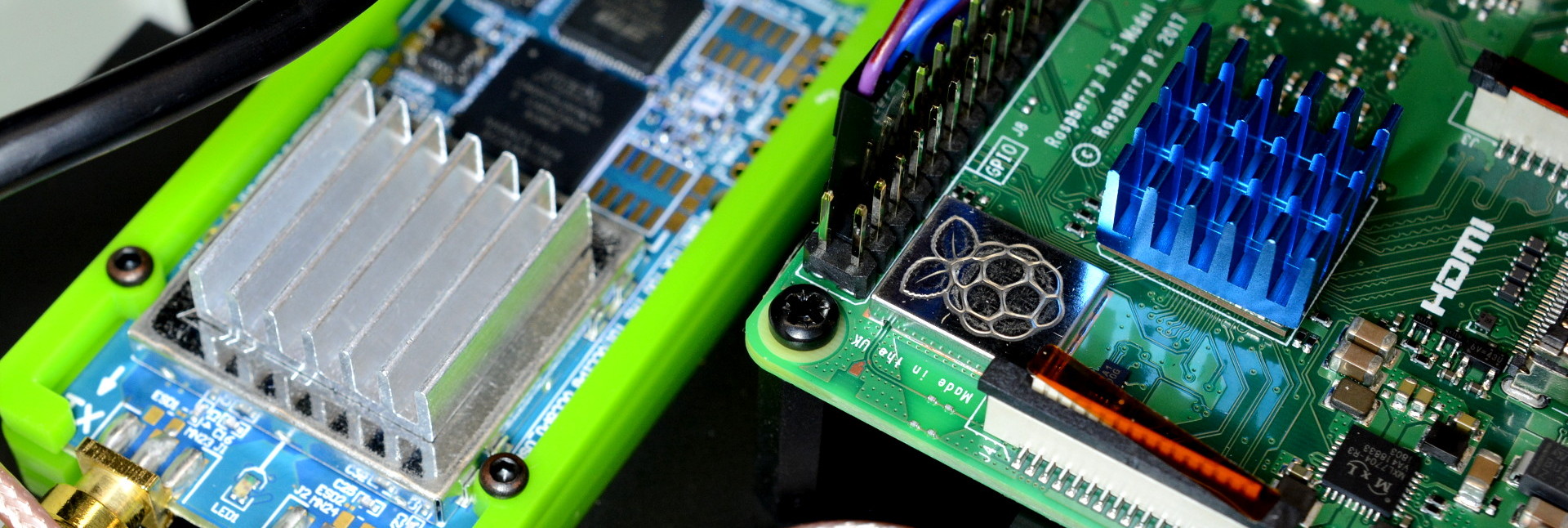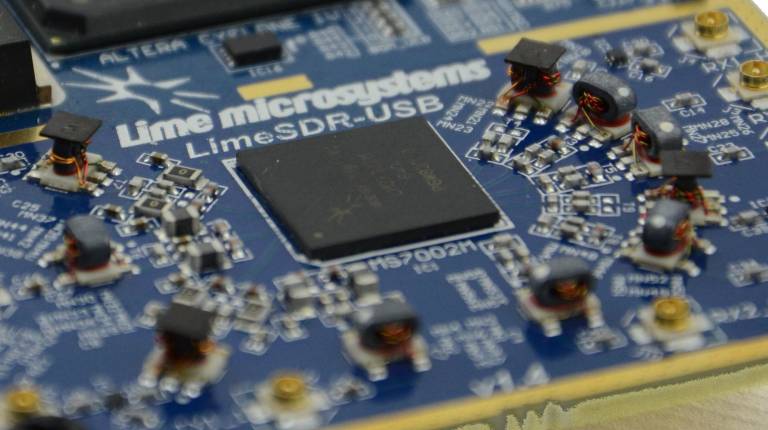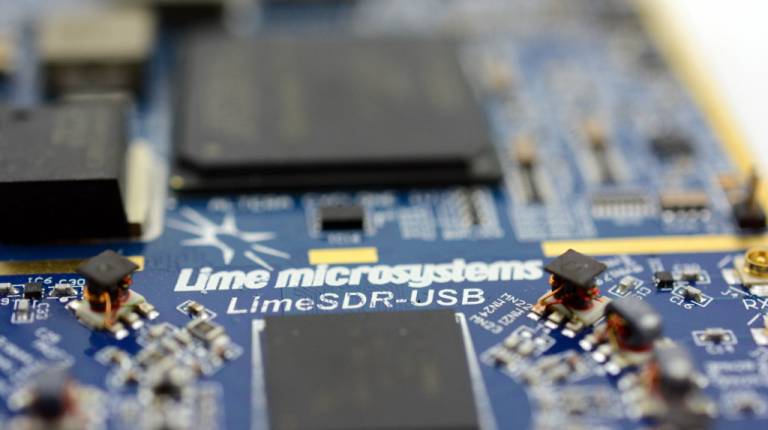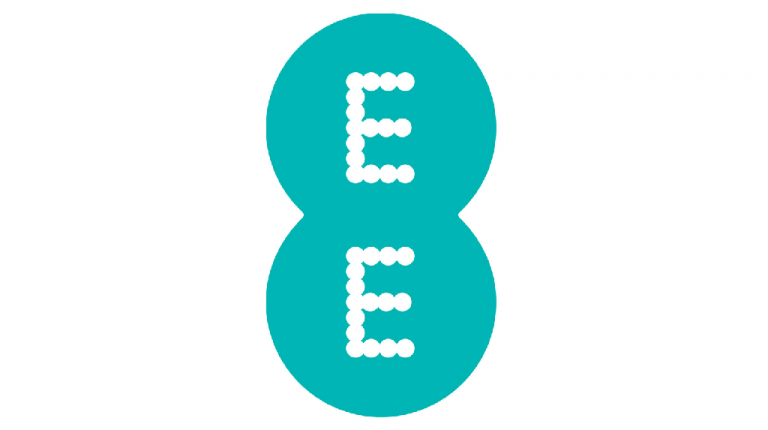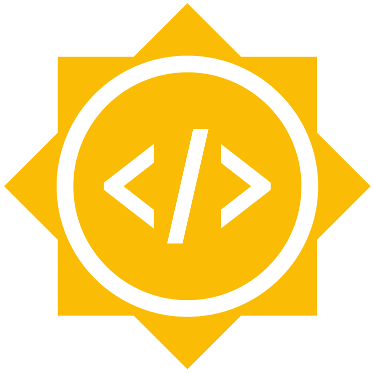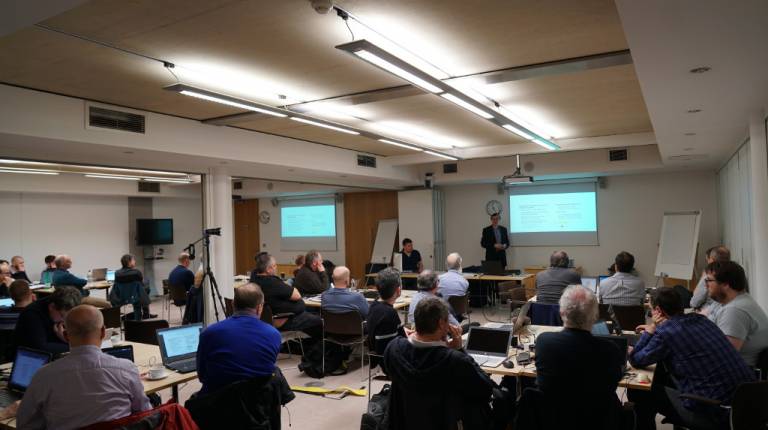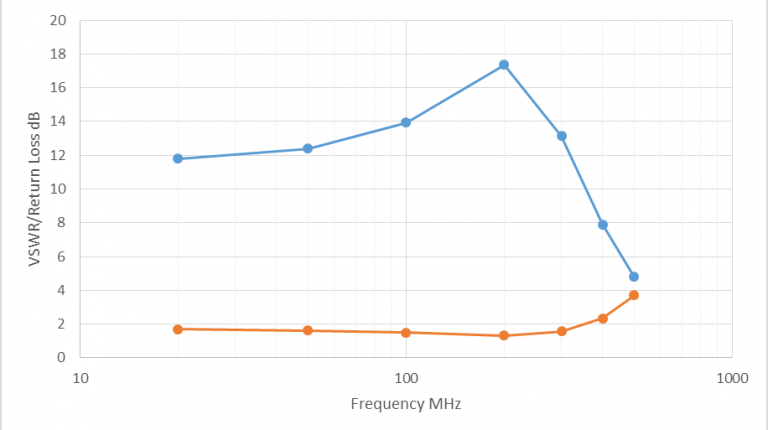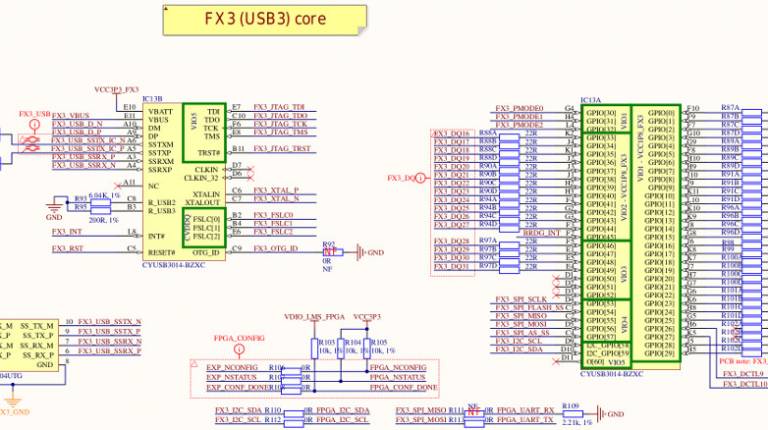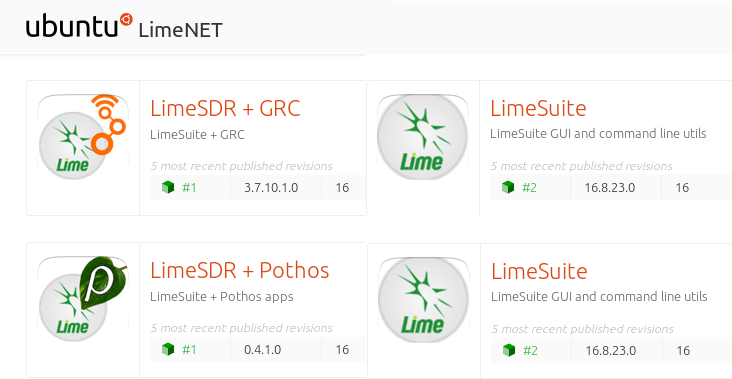Right from the outset the intention with LimeSDR has been to provide the very best performance and overall user experience, with a commitment to investing significant effort in engineering and striving to get the most out of the hardware platform.
A good example of this is the USB 3.0 interface and this is provided by a Cypress FX3 microcontroller, which is available in many different variants. One option would have been to select a device with a lower throughput on the interface used to transfer samples, but that incorporates an SPI core that would have made programming the LMS7002M transceiver far simpler. However, instead a higher throughput device was selected, that doesn’t have SPI but does have I2C.
